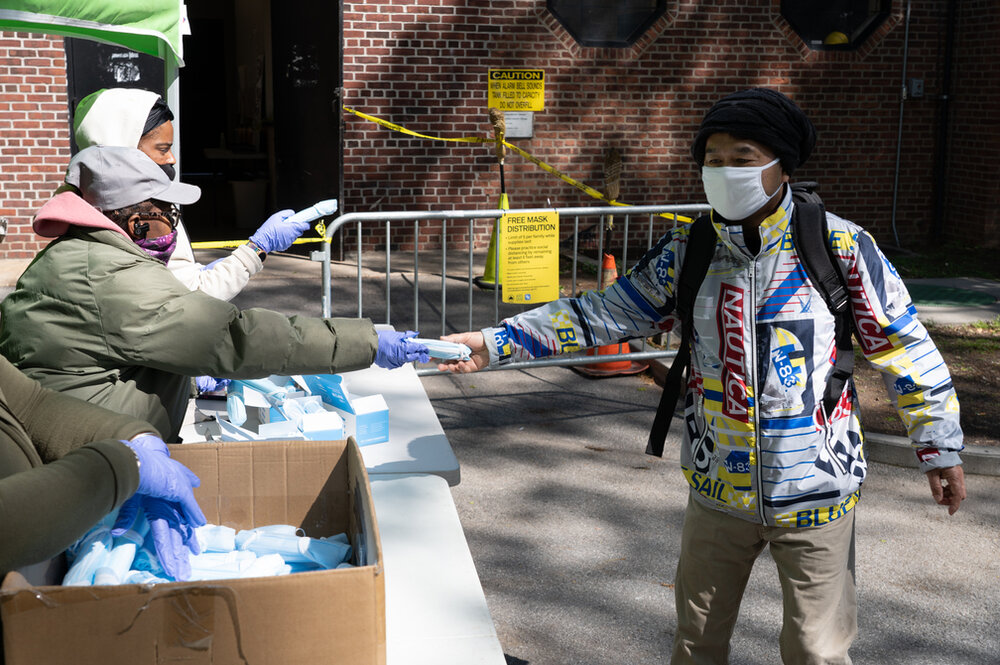
Building relationships between communities and groups can be a “force multiplier” in disaster response, said Mark Lindberg, program director of disaster relief and recovery at the Margaret A. Cargill Philanthropies.
Inside Philanthropy
Michael Kavate
June 2, 2020
COVID-19 has forced many foundations to become disaster relief funders for the first time.
Opportunity funders are grappling with Depression-era levels of unemployment. Education funders are seeing children at risk of hunger as school closures leave kids without essential daily meals. Health funders are watching systems get stretched to their breaking points—and beyond. And funders everywhere are working with grantees who have to reinvent their operations under the pandemic.
Grantmakers around the country are seeing the fallout from this virus among their communities and grantees, and scrambling to respond. While the toll of COVID-19 has been profoundly unequal, falling most heavily on communities that have long been vulnerable due to systemic inequities and discrimination, virtually no community—or funding priority—has escaped the virus’ long reach.
For many foundations, it’s their first time playing such a response role. And none of us has seen a crisis of this breadth in our lifetimes. To better understand how funders can effectively respond to this historic moment, I spoke to several longtime specialists in disaster philanthropy to gather recommendations for institutions new to this area, what lessons from past disasters still apply, and how philanthropy can plan for the long term in responding to both this pandemic and the next disasters that will inevitably strike. Here’s what they told me.
Read the full article at Inside Philanthropy.

